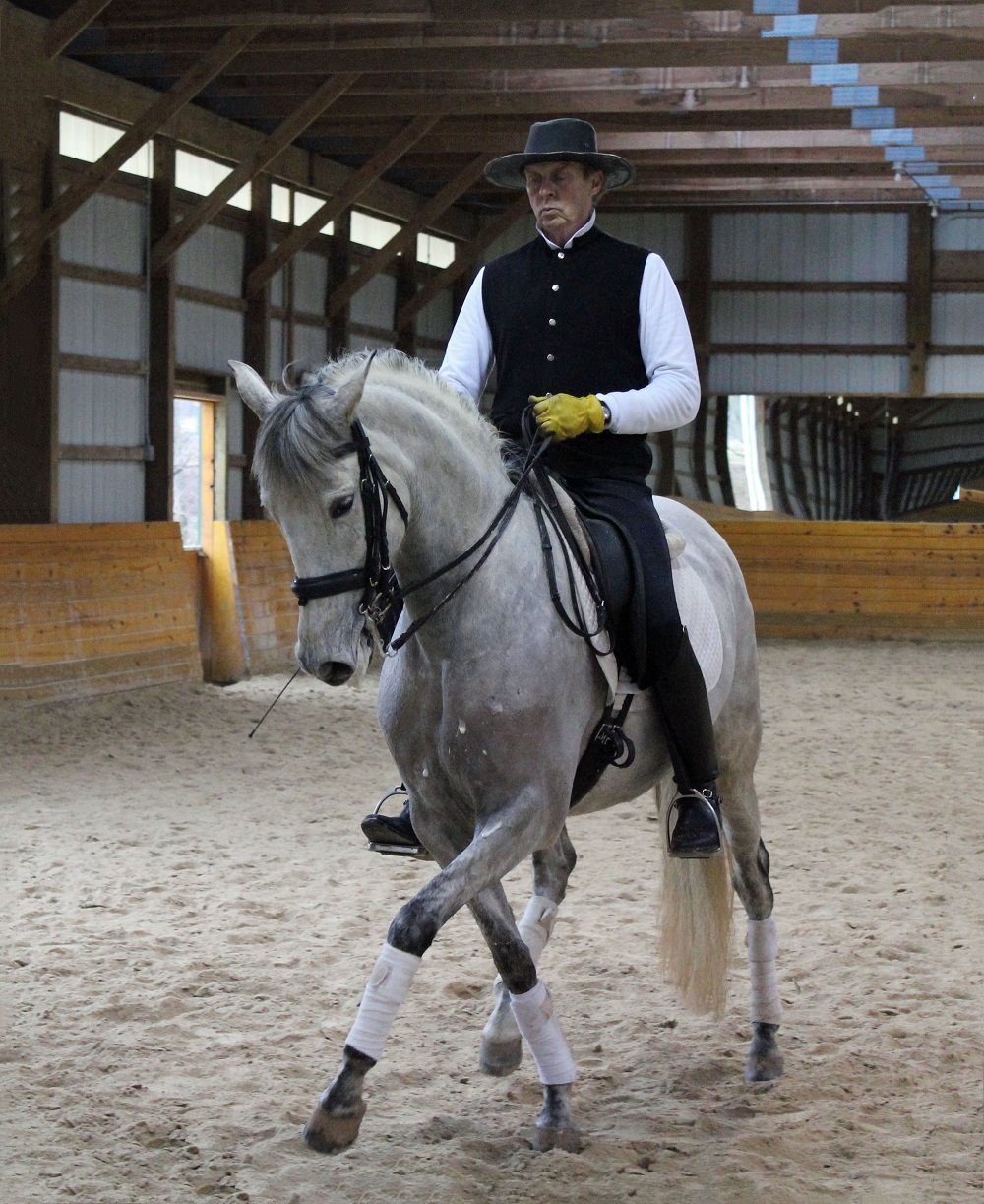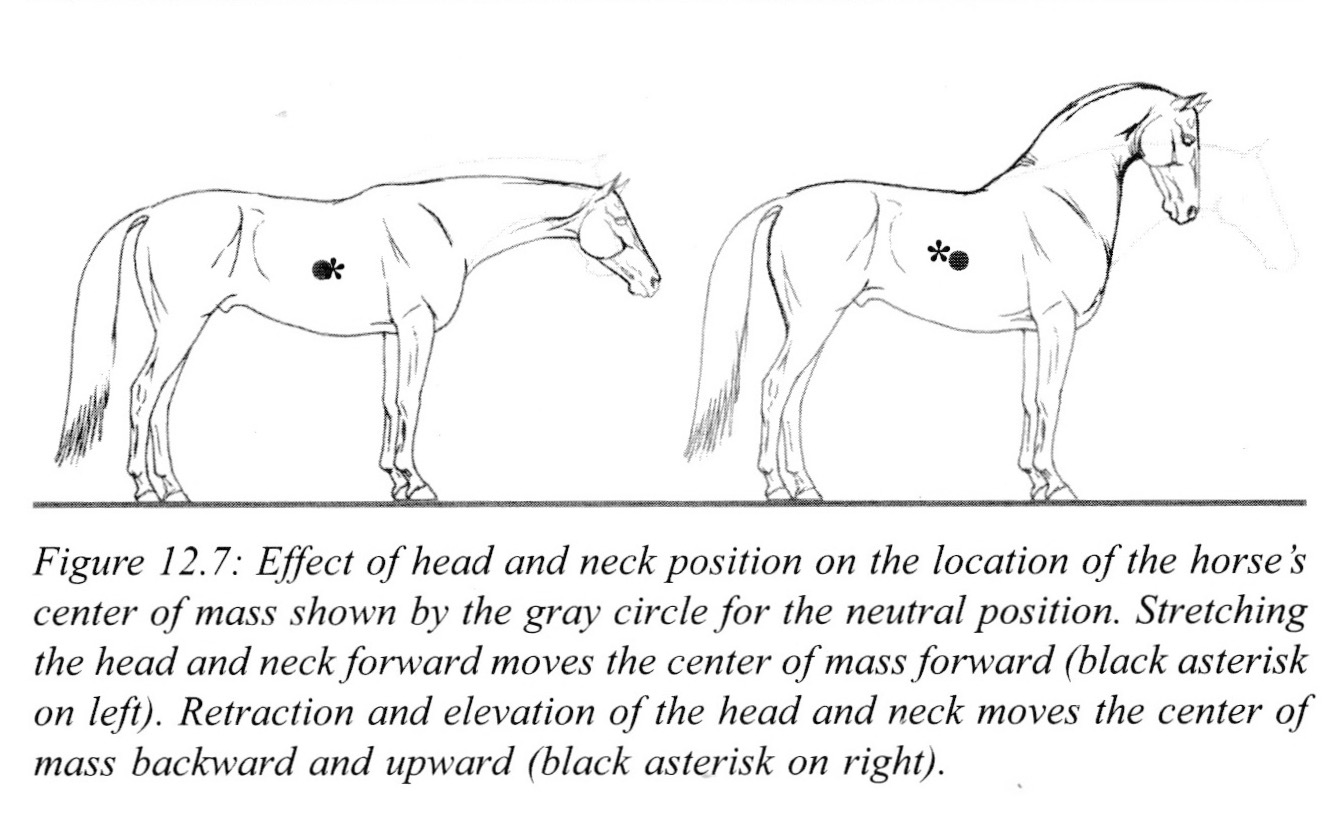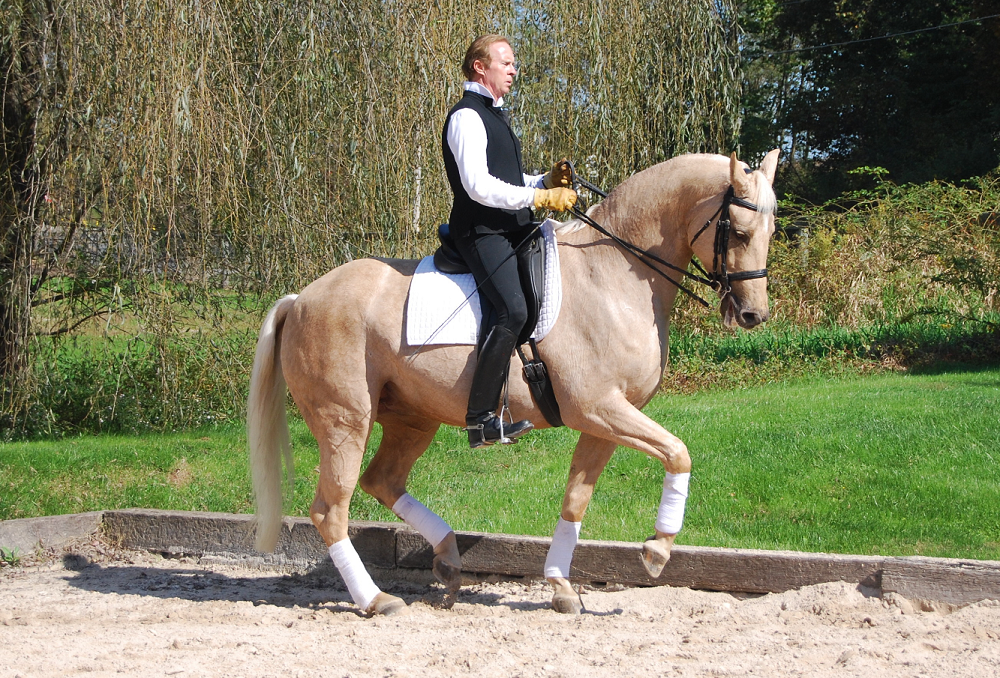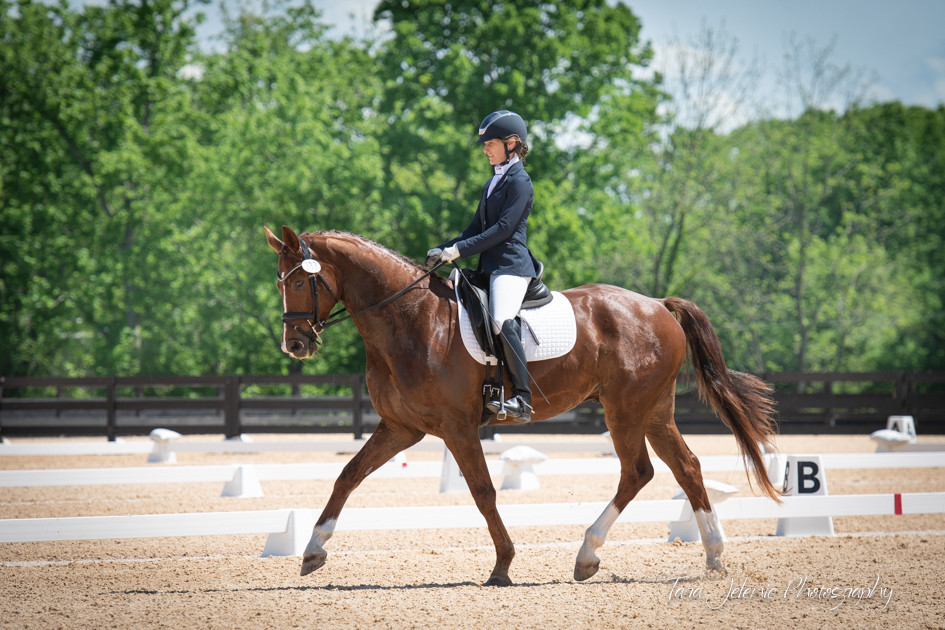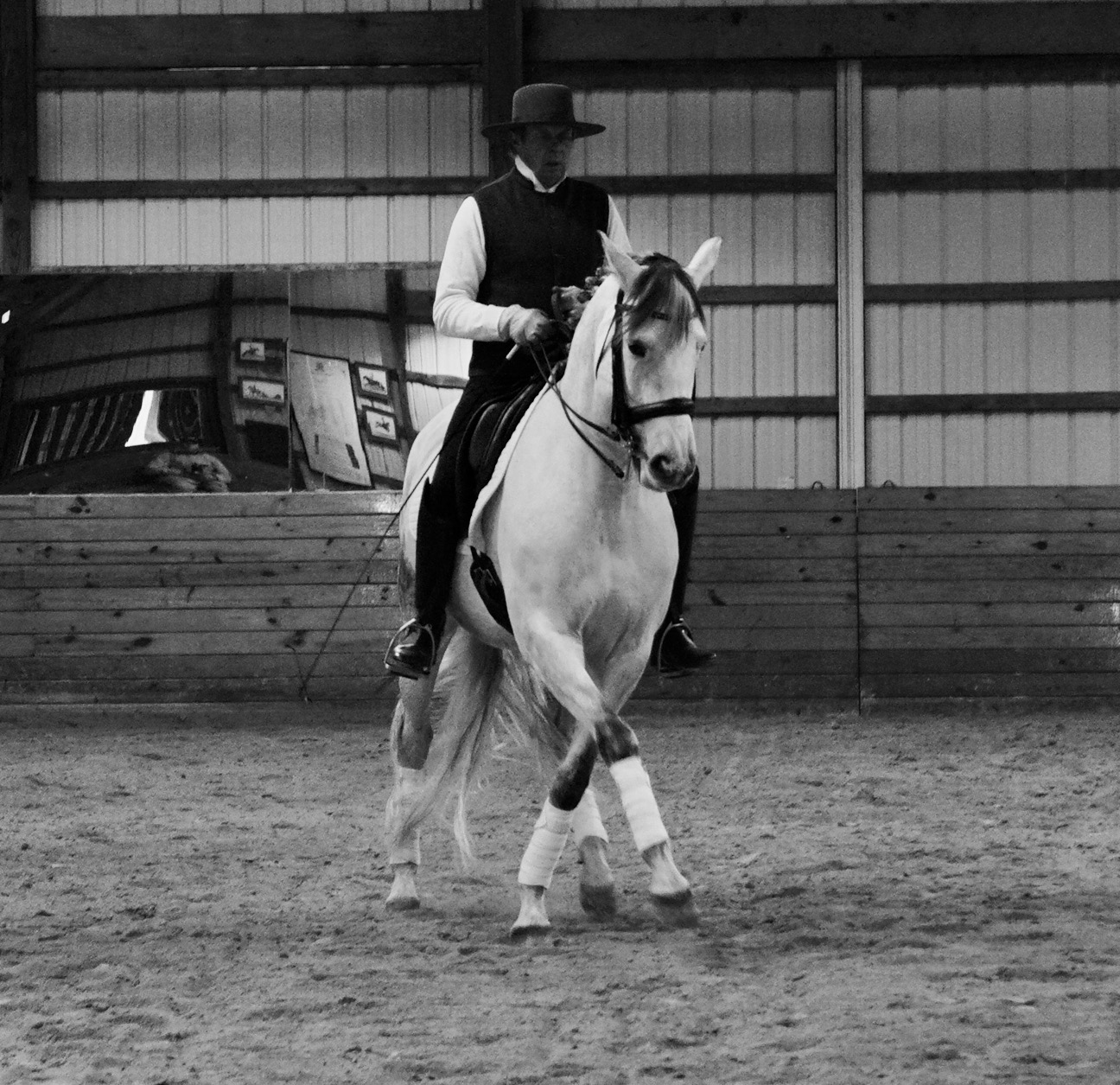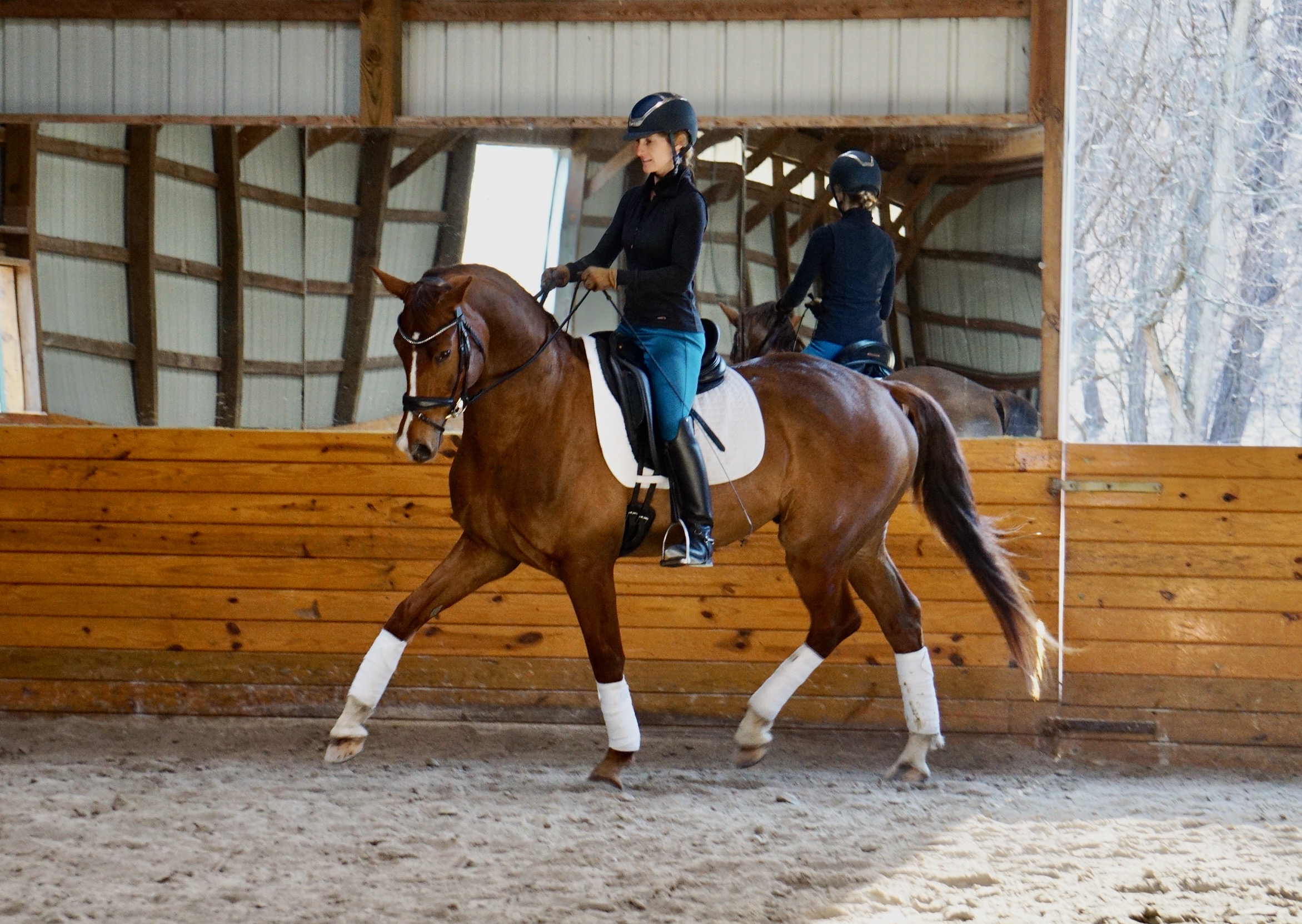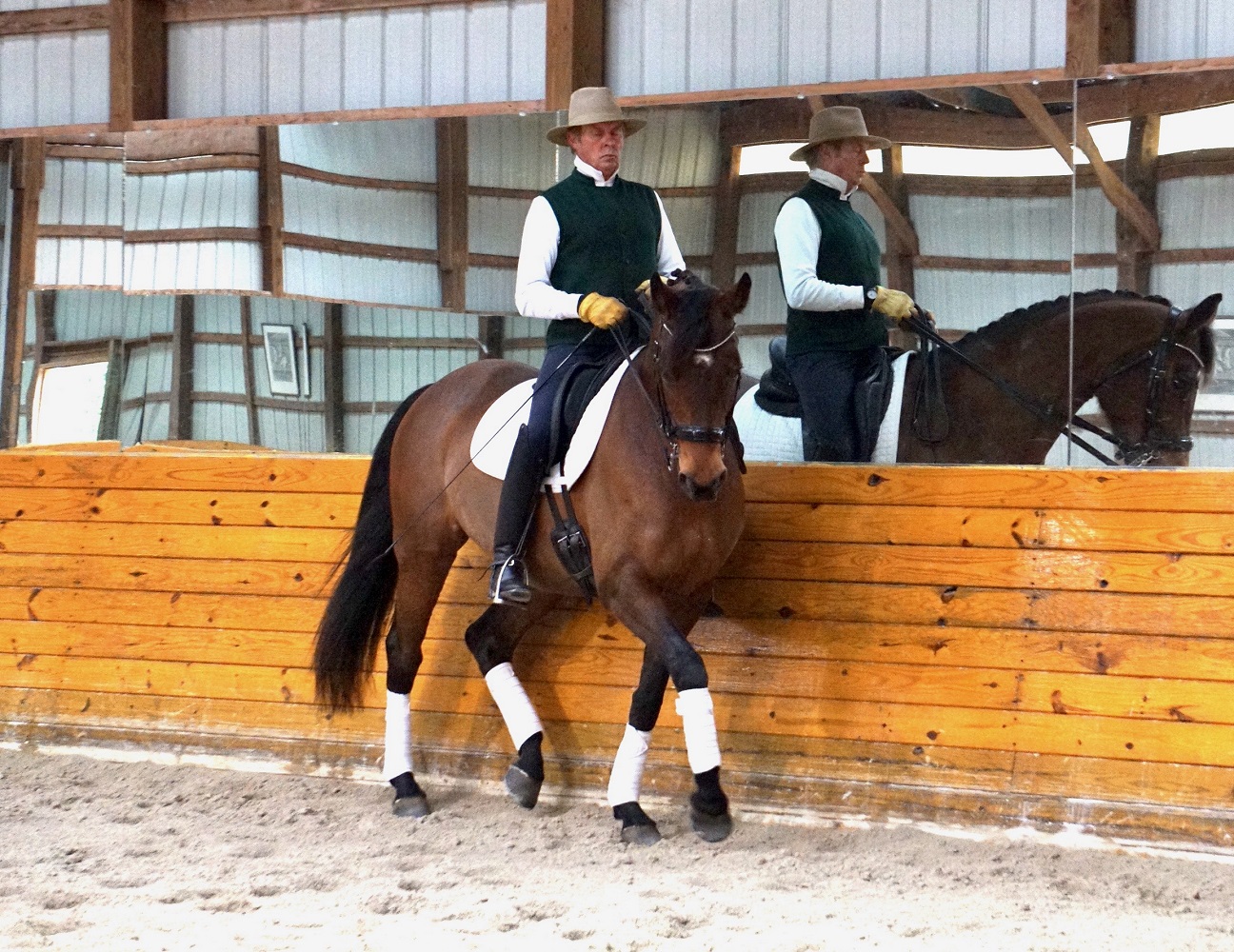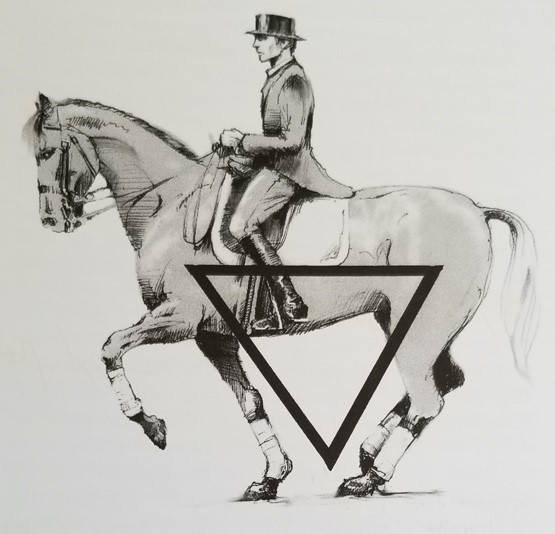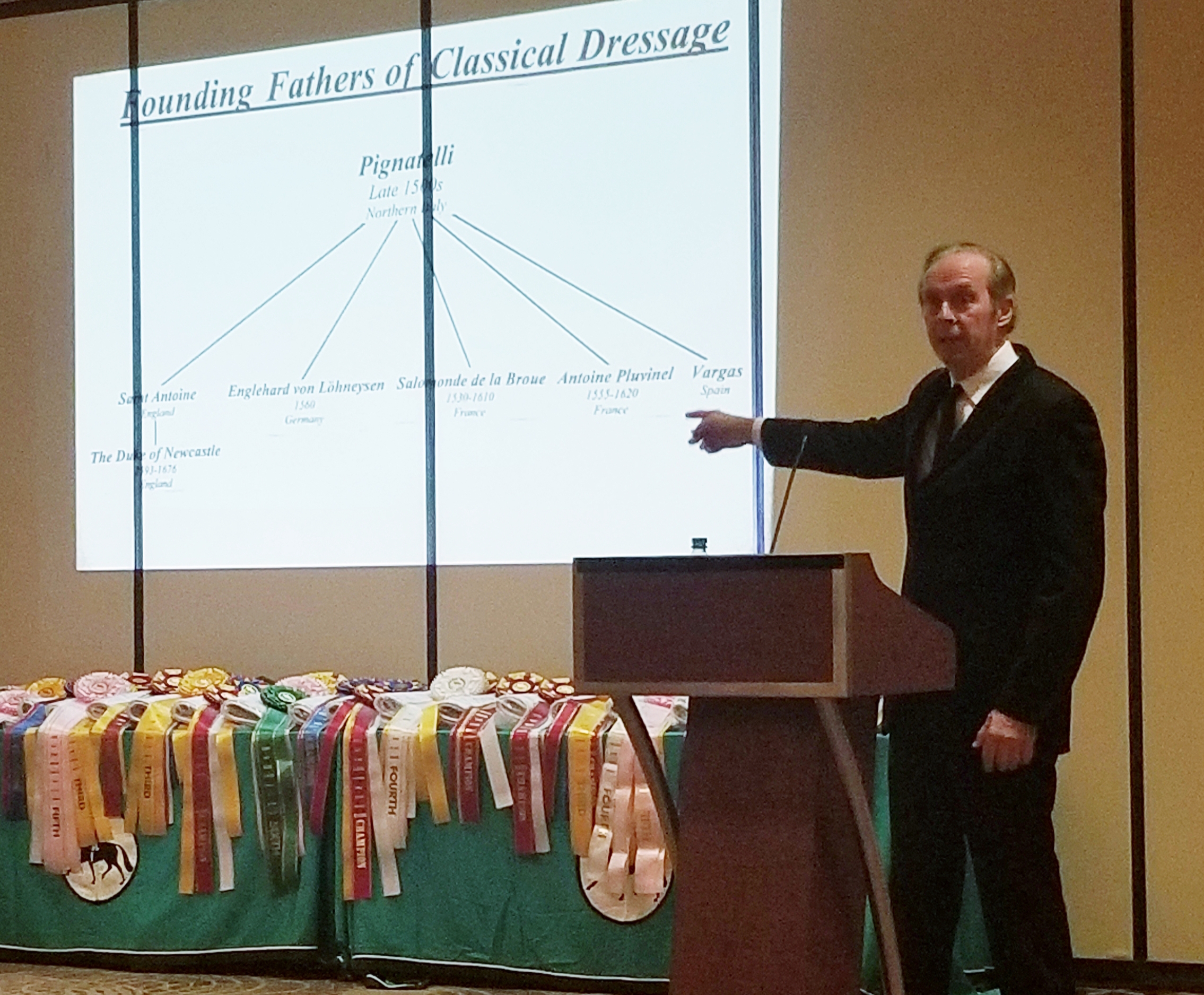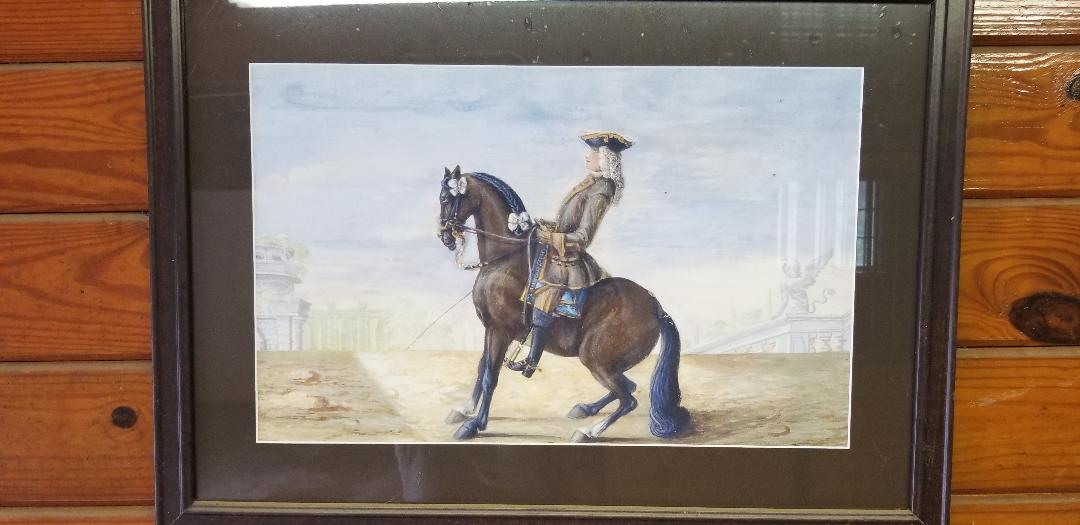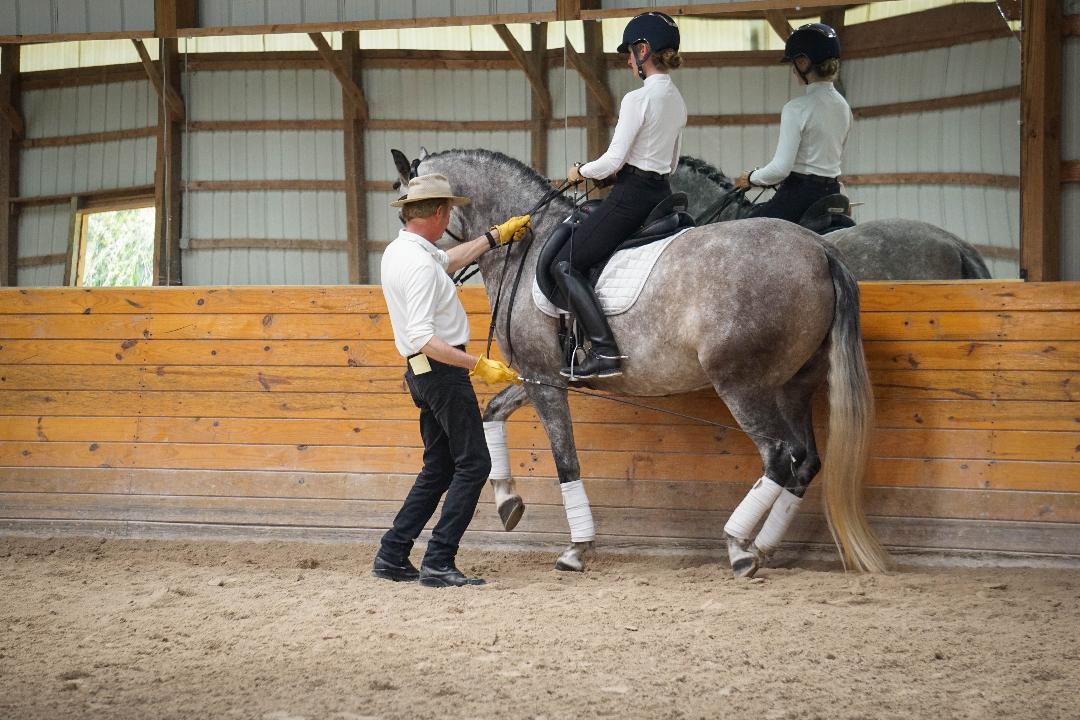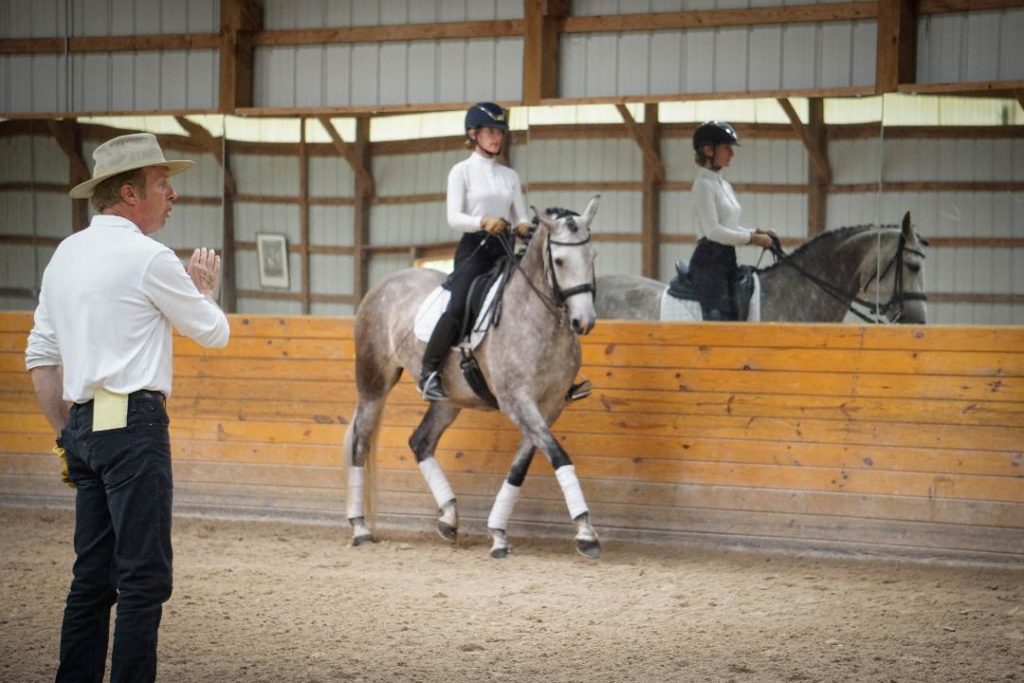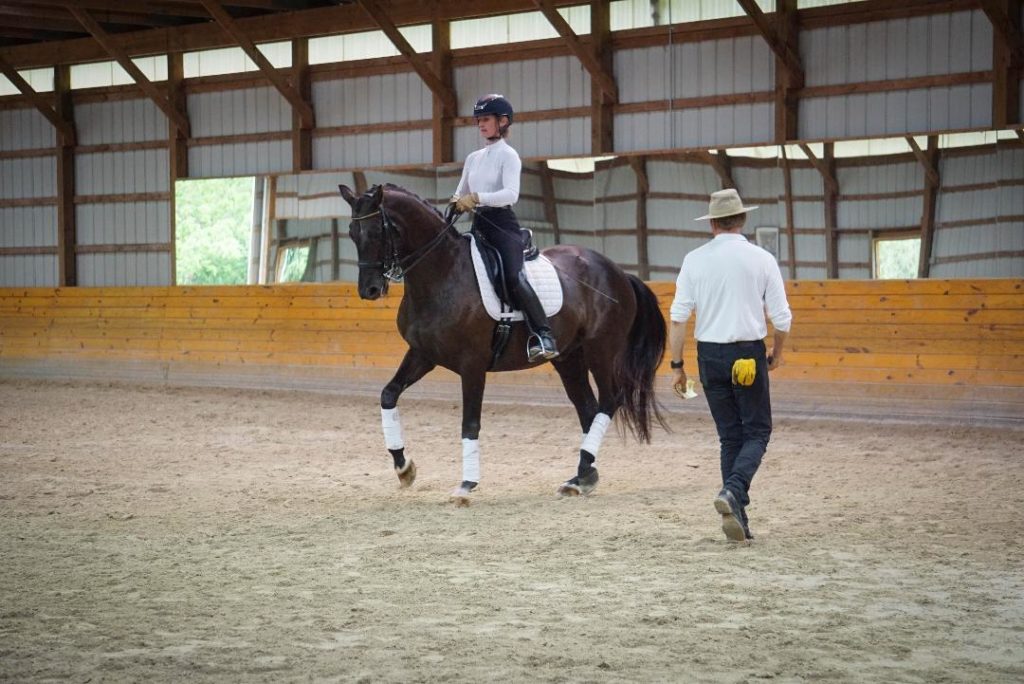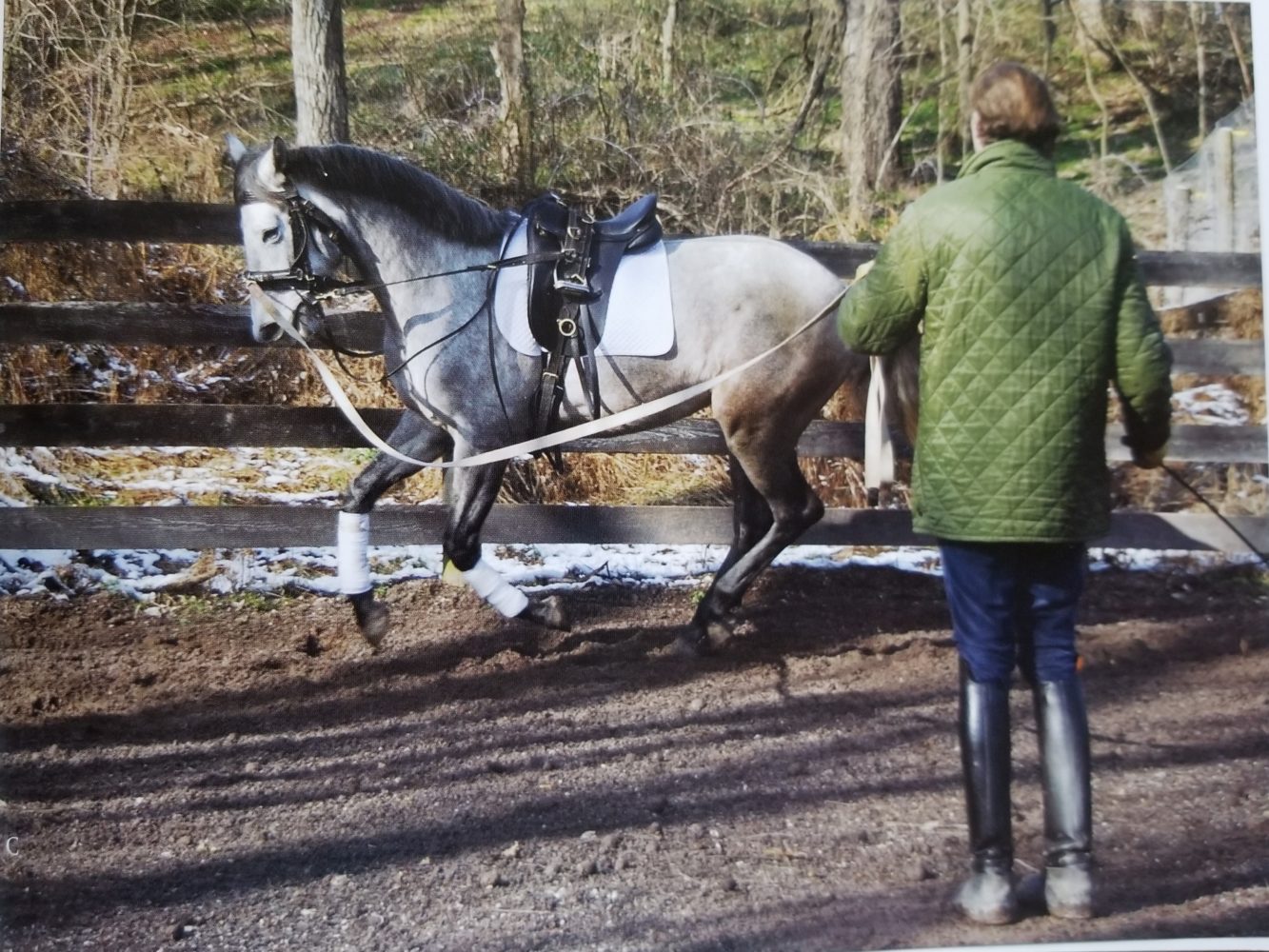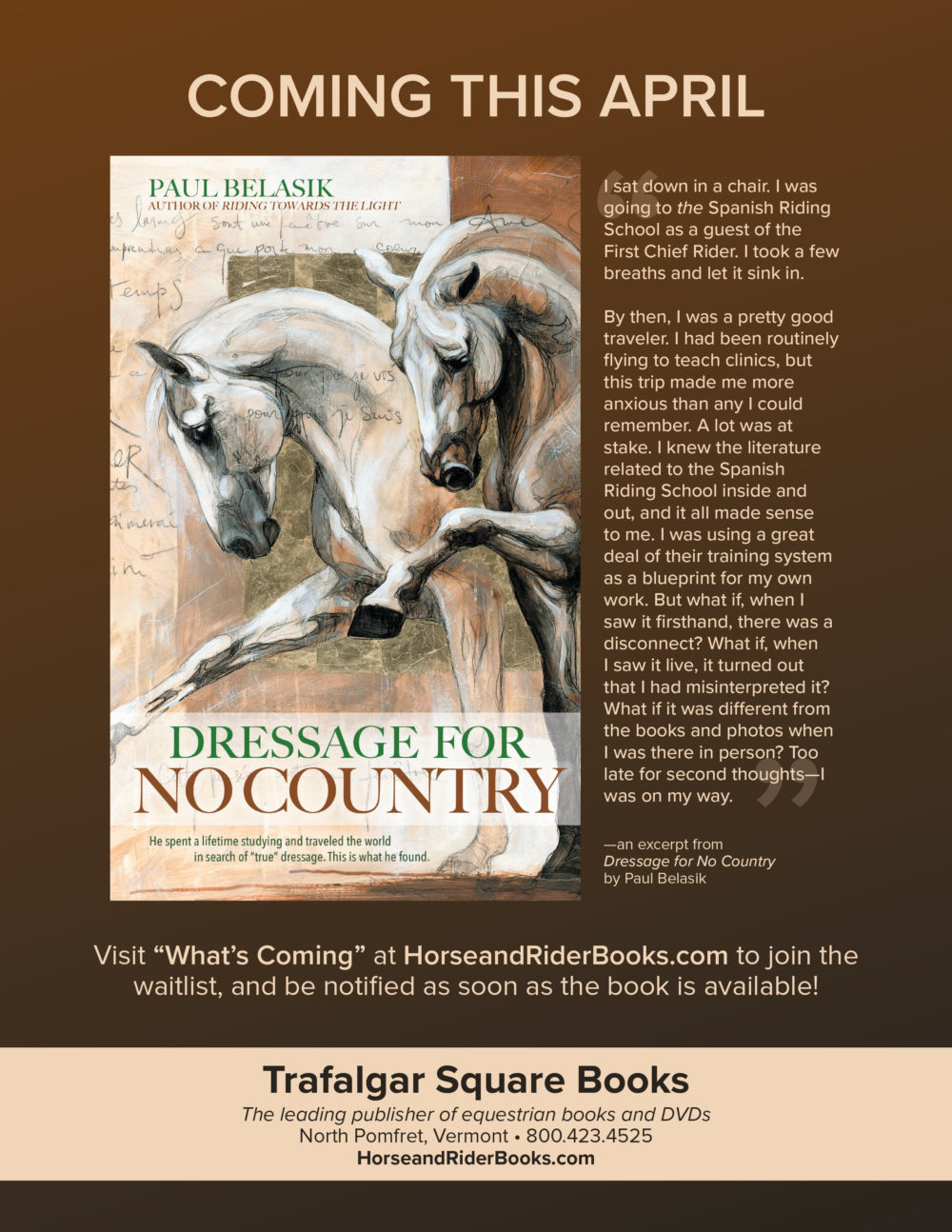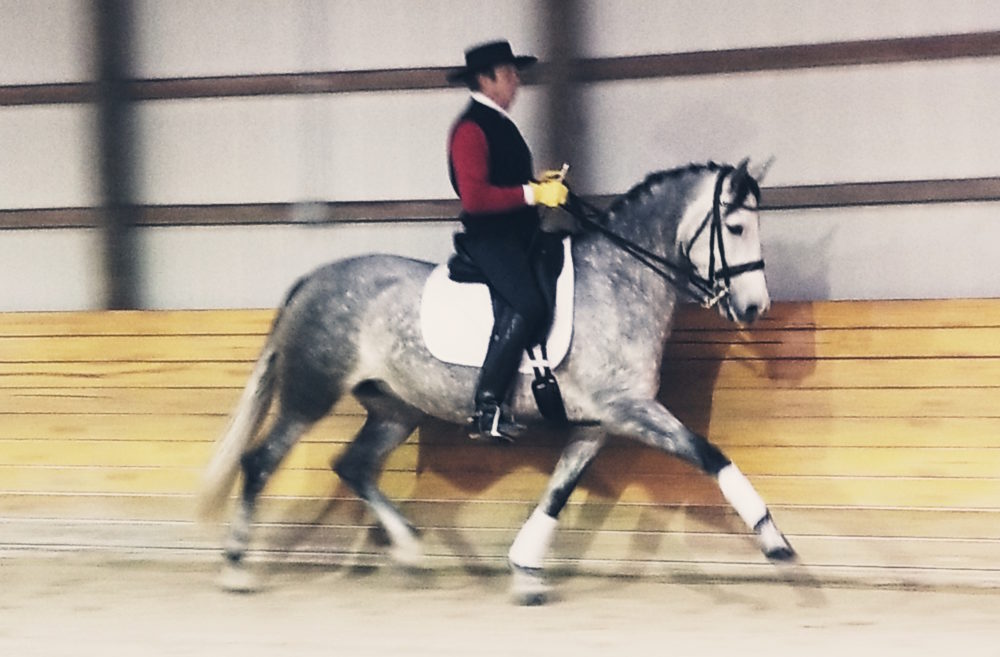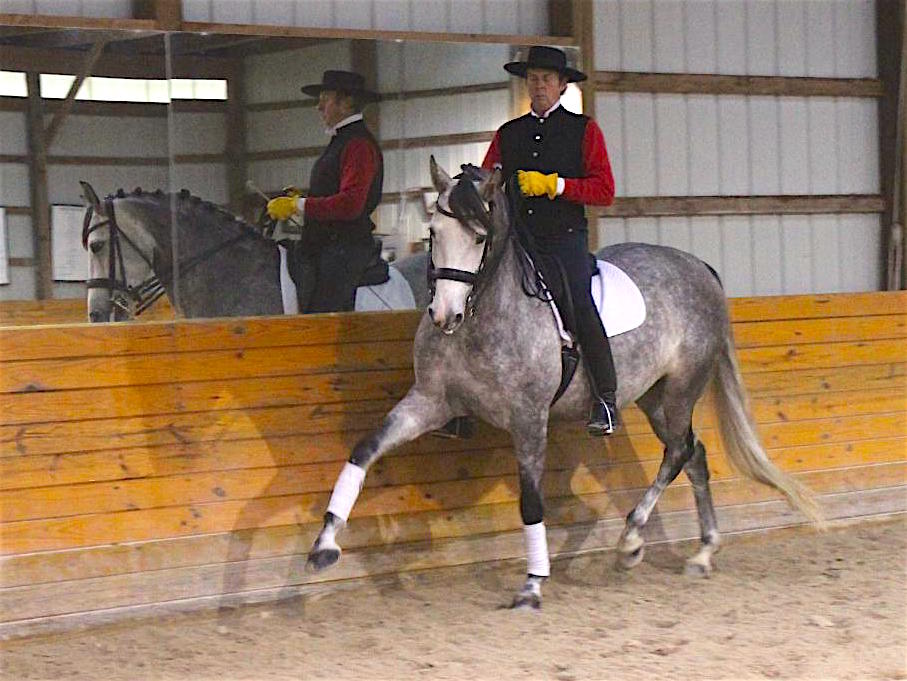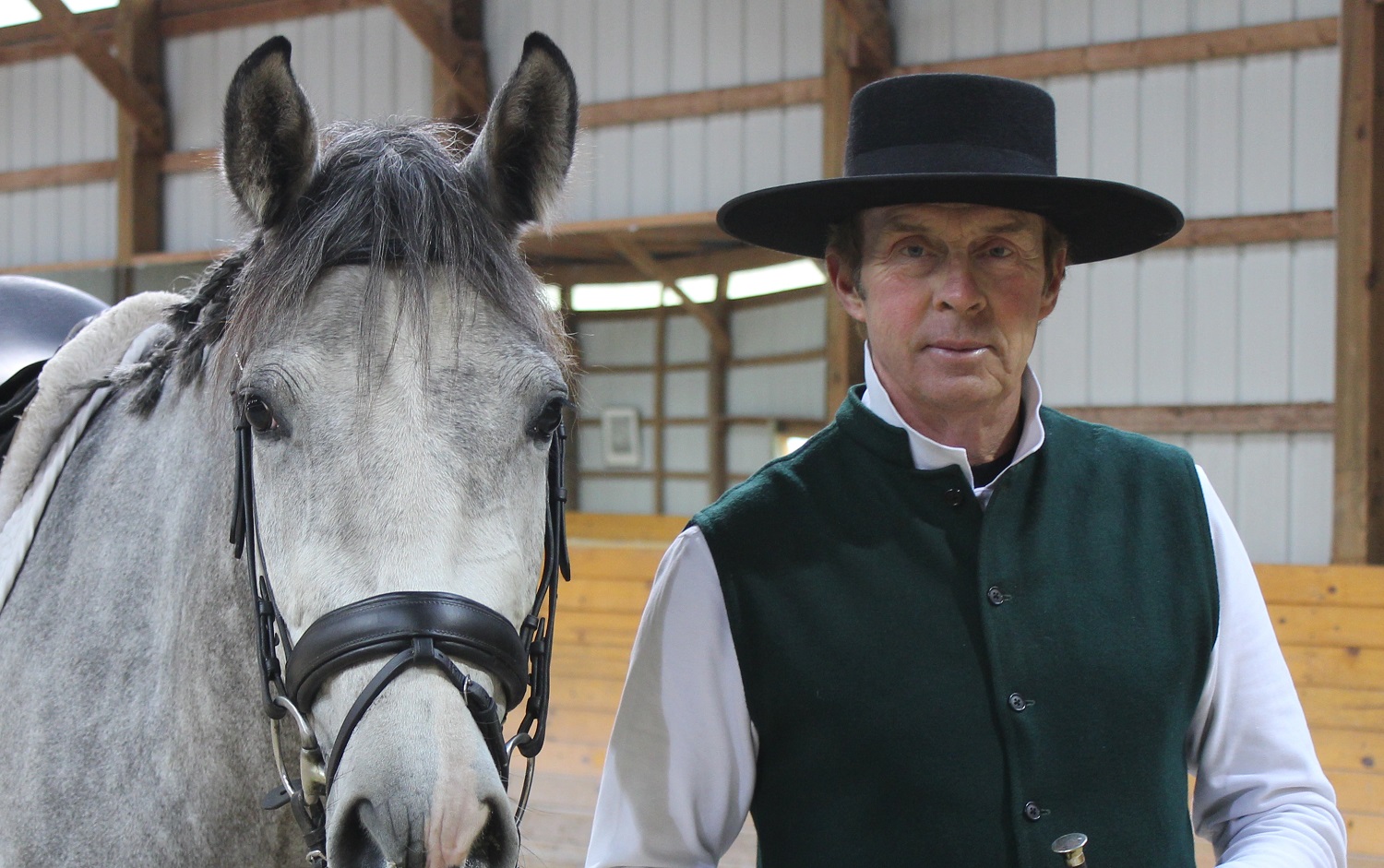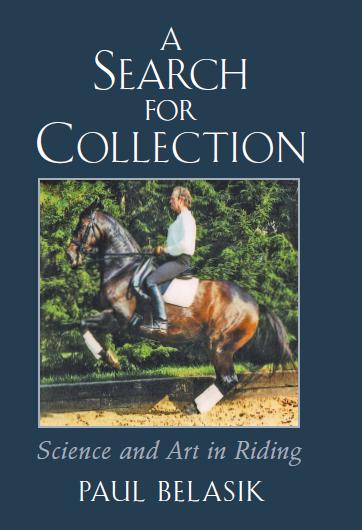Why Does Collection Supersede Rhythm? Why Does This Matter in Competition?
New Horse Magazine Article: Longeing in Side Reins, a Cornerstone of Classical Dressage Training
To Young Professionals Showing This Season
In many parts of the country, this is the beginning of the show season. This message goes out particularly to young professionals who are about to feel a little under appreciated and might think their work is going to be unnoticed.Proper Communication
"Too many people assume that they have the right to ride the horse without respect for some proper communication. They have the right to this authority without granting any authority to the horse; without any reverence for the process; without any willingness to be ordered or changed by the horse.Simple Awe
Barry Lopez wrote, "What we do to animals troubles us - the horror of laboratory experiments, trophy shooting, factory farming - and our loss of contact with them leaves us mysteriously bereaved. If we could re-establish an atmosphere of respect in our relationships, simple awe for the complexities of animal's lives, I think we would feel revivified as a species.Rider Position
Richard Watjen, who has been considered to have sublime position once said, "No fault in rider position was ever corrected by suppleness. Suppleness is the result of riding in the correct position for years."New Article: Notes on Piaffe
Judging from my mailbox, dressage riders seemed perplexed about how competition judges are currently evaluating some horses’ piaffes at the international level. What is high quality and what is faulty? In this article, I will address two major faults in piaffes of popular riders that have appeared in recent performances, and seem to be confusing viewers.Paul Belasik’s PVDA Annual Banquet Keynote
Lecture given on January 11, 2020 for Potomac Valley Dressage Association
“Modern Study of Expertise” from “Dressage for No Country”
From "Dressage for No Country:" The Road to Mastery and The Modern Study of Expertise.
I have noticed a nagging weakness that shows up in a lot of riders. They have an aversion to studying theory.
The essence of the halt – few judges understand what it is
In every dressage competition test, at every level, in every country, the horse and rider will start and finish the test with a halt. The beginning of the test may read, “A: Enter working trot. X: Halt, Salute. Proceed collected trot.”
Review of demo lecture on Developing a Successful Practice
Our second lecture demonstration of the year, Developing a Successful Practice, was a comprehensive overview of principles for both the rider and the horse.
Seeking Instruction – many people make a big mistake
I think many people make a big mistake when they initially seek instruction in any field. Whether the person is an adult looking for help for themselves or a parent looking for lesson for a child, the logic usually goes something like this: I'm just testing the waters to see if I really like music lessons.Paul’s New Book: “Dressage for No Country”
He spent a lifetime studying and traveled the world in search of "true" dressage. This is what he found.
Musical Freestyle: Your Horse is Not a Large Drum
This is the second part of a two part blog. The first was about music in the daily existence of a dressage stable.
Don’t Allow Music in the Barn – Especially During Schooling
This is a two part blog. The first is about music in the daily existence of a dressage stable. The second will be about musical freestyles.
Asymmetry and Soundness: Analysis and Selling Horses
In an article recently published by the Royal Veterinary College, University of London, a question is framed in bold type: “Should we redefine equine lameness in the era of quantitative gait analysis?” The article begins, “An international team of researchers, including [some] from the Royal Veterinary College (RVC) in London, have strongly advised on the need to discriminate clearly between “asymmetry” and “lameness” when assessing a horse’s gait.”Teaching, Criticism and Self Esteem
“Sticks and stones will break my bones, but words will never hurt me.”
– Children’s rhyme.
Podcast Lectures and Interviews with Paul Belasik
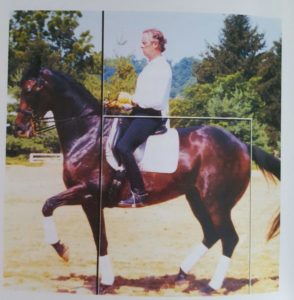 We have selected a few of Paul's past lectures from old recordings to share with you that illuminate Paul's extensive research, knowledge and philosophy of riding horses. In many cases, these podcasts have been converted from tape recordings, so we ask for the listener's patience if the quality suffers at moments.
We have selected a few of Paul's past lectures from old recordings to share with you that illuminate Paul's extensive research, knowledge and philosophy of riding horses. In many cases, these podcasts have been converted from tape recordings, so we ask for the listener's patience if the quality suffers at moments.Search for Collection in paperback from Crowood Press
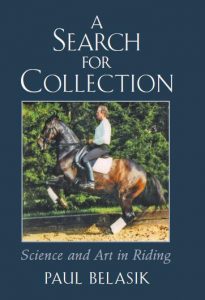 Just released in 2018! At the core of this book is a series of 'state of the art' experiments in which the author participated, designed to establish whether certain classical ideas about true collection could be scientifically proved.
Just released in 2018! At the core of this book is a series of 'state of the art' experiments in which the author participated, designed to establish whether certain classical ideas about true collection could be scientifically proved. Short Course Openings, Clinic Available September 15/16
New Paperback Edition of A Search for Collection
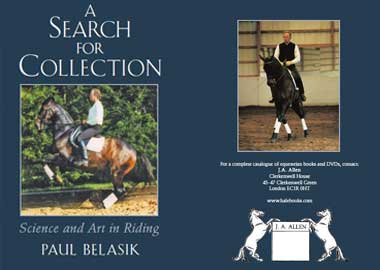 In paperback for the first time, A Search for Collection will be reprinted by Crowood Press.
In paperback for the first time, A Search for Collection will be reprinted by Crowood Press.
